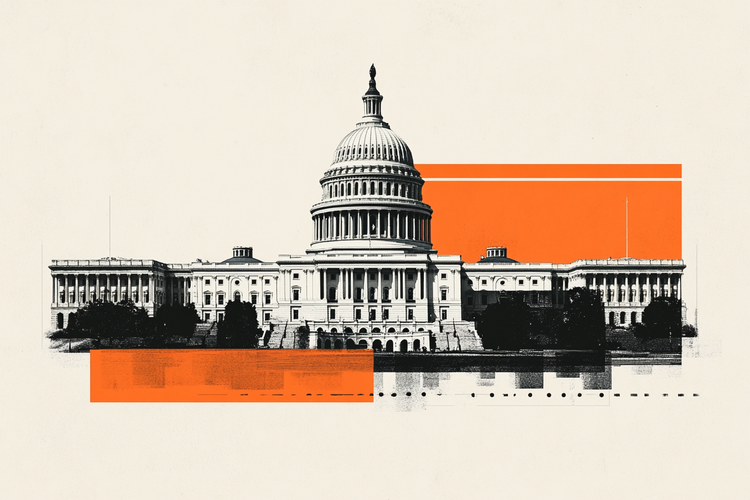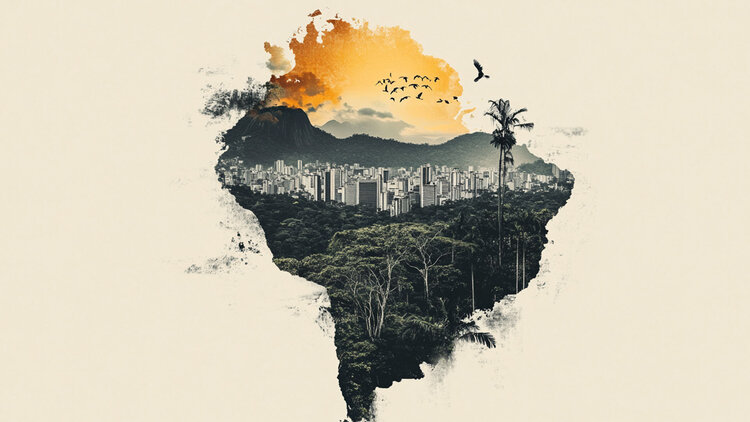Flowers have their own vast language, communicating feelings ranging from love to disdain.
Throughout history, LGBTQ communities have also used the subtle language of flowers to convey solidarity or personal identity, all through something as simple as a buttonhole flower.
Many of these flowers have deep connections to queer icons or echoes in other queer symbols.
While flowers have always carried some symbolism across different times and cultures, the language of flowers became a popular pastime during the Victorian era when social communication was heavily coded – especially when it came to romance.
It makes sense, then, that queer communities would find beauty and belonging in continuing this interesting tradition.
Lavender
Purple hues have been associated with LGBTQ communities since the time of Sappho (more on her later), but lavender fully entered the gay lexicon in the late 19th century.
Why this particular hue? Some assume it’s because it’s a mixture of pink and blue. Other historians point out that the color is linked to effeminacy.
Lavender was a fashionable color in Europe at the time and eventually became synonymous with an appreciation for art and beauty, a taste that was seen as unmanly in certain circles.
The color lavender saw another boost in queer visibility when it was donned by participants in a “gay power” march in New York City in 1969, a month after the Stonewall protests.
That same year, Betty Friedan, leader of the National Organization for Women, criticized lesbian membership, which she thought would be a threat to feminism.
She called this imaginary threat the “lavender threat” — a colorful term (in more ways than one) that lesbian activists immediately adopted as their own.
The term “lavender” used to be a low-key way of describing something gay.
“Lavender marriages”, for example, a term used in English to refer to marriage between a man and a woman in which at least one of them is homosexual, were noticed among celebrities in the mid-20th century.
In these unions, marriage was an intentional ploy to ward off public questions about sexuality.
Violet
Violets are closely linked with the tradition of Sappho, the famous poetess of Greek antiquity.
From her, we get the words “sapphic” and “lesbian”, in reference to her home on the Isle of Lesbos. In one of her poems, laden with erotic references to women, she writes:
“You have placed many wreaths of violets and roses … together at my side, and around your delicate neck you have placed many wreaths made of flowers.”
Her exuberant symbolism around violets and other flowers of the same color has persisted over the years, with Sappho depictions often showing the poetess adorned with purple flowers.
Like lavender, violets re-emerged as a queer symbol at the turn of the 20th century, thanks to women’s groups in Paris that oversaw the resurgence of interest in Sappho’s work.
Among these “lesbos of Paris” was a British poet named Renée Vivien, who drew heavily on the symbolism of violets in her work and her personal aesthetic, both as a tribute to Sappho and one of her lovers.
In 1926, a play by French playwright Edouard Bourdet made the connection even more public.
The story of “The Prisoner” features a woman, engaged to a man, who is secretly in a relationship with another woman.
In the play, her lover gives her several gifts of violets. The connection made the flower unfashionable in some circles, but gay men and women and their supporters attended the play and pinned violets to their clothing in a show of support.
Perfect love
“Pansy”, the English name for pansy flowers, is widely used in the language as a pejorative term for gay men, meaning weakness and effeminacy. (Actually, pansy flowers are quite hardy!)
In the 1930s, the “Pansy Craze” movement in the United States described a growing queer bohemian lifestyle, characterized by parties with drag performers and an air of extravagance.
This movement is considered to be the beginning of gay nightlife culture.
The term is also a good illustration of how marginalized communities sometimes revert to words used against them.
The “Pansy Project,” a movement started by LGBTQ activist Paul Harfleet, plants pansies in sites of homophobic and transphobic abuse.
pink
The rose is the ultimate floral symbol of love, and that includes queer love as well. The rose was the flower of Eros, the Greco-Roman god of passion and erotic love.
In Japanese history, the rose was associated with gay men. The Japanese word for pink is pronounced “bara” and experienced a resurgence in queer media in the 1960s and 1970s.
The first commercially produced gay magazine in Japan, first printed in 1971, was called “Barazoku”. or “pink tribe”.
Roses, especially in various colors or “dyed” with rainbow hues, are a popular flower used in Pride parades.
green carnation
The green carnation seems like a strange flower to choose as a symbol, but the man who popularized it was considered quite strange as well.
Irish writer Oscar Wilde, known for his romantic interests in men, used green carnations to create a stir in the opening of his 1892 play, “Lady Windermere’s Fan.”
Wilde asked the actors and some of their fans to wear the flowers, but did not explain why.
History suggests he took this trend from Paris, where green carnations were rumored to be a sign of affiliation among gay men.
Source: CNN Brasil
Bruce Belcher is a seasoned author with over 5 years of experience in world news. He writes for online news websites and provides in-depth analysis on the world stock market. Bruce is known for his insightful perspectives and commitment to keeping the public informed.







